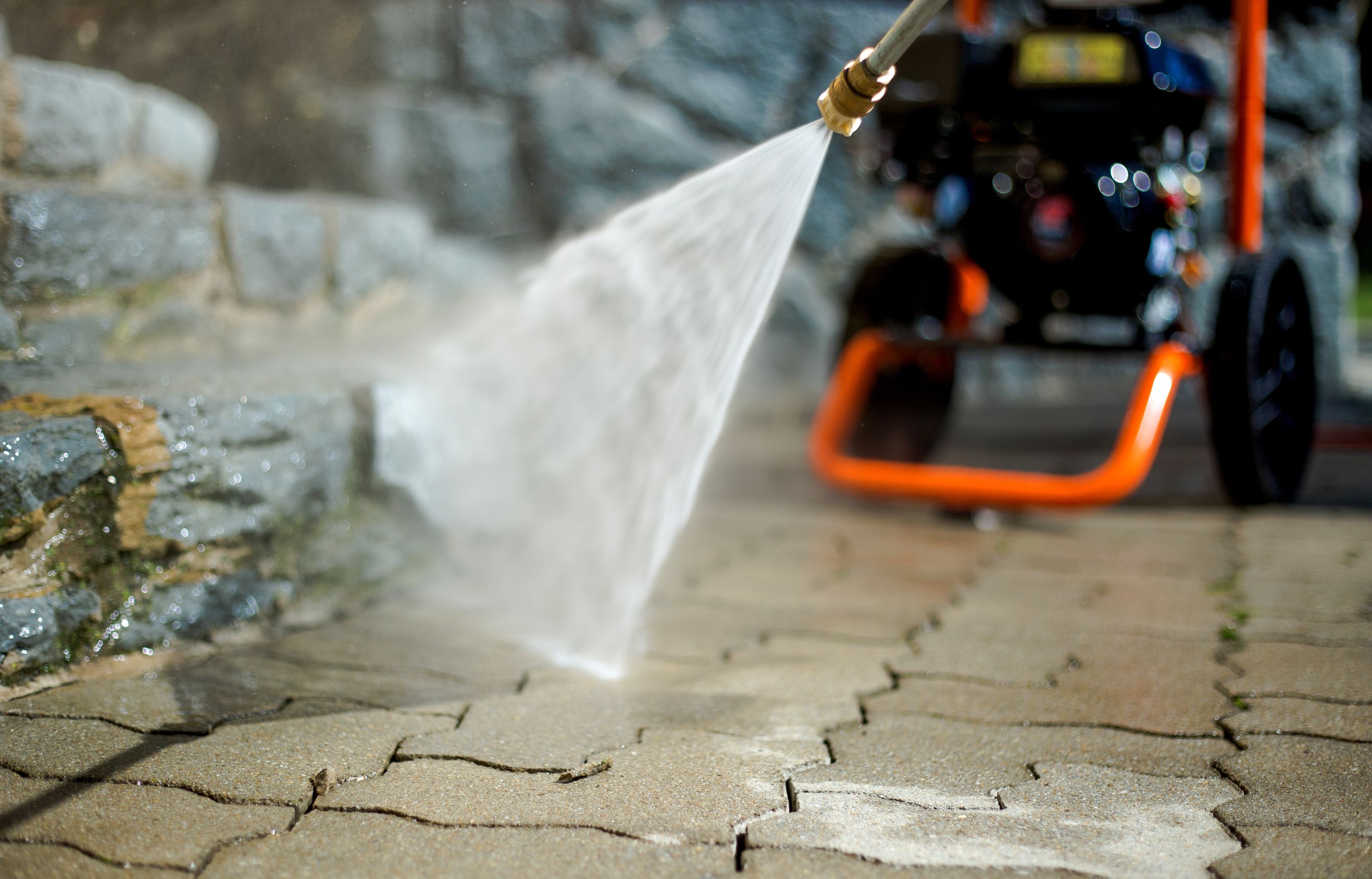DIY Guide on How to Use a Pressure Washer
Looking for a DIY Guide on How to Use a Pressure Washer? Chances are, before getting a pressure washer, you tried soap, and then water. You scrub and rub with nasty chemicals, that end up not doing what they really say. You have, in short, tried everything that you possibly could. But to no avail. What do you do? You roll you the fabulous pressure washer!
People have now started to flock to these powerful water jets whose powerful hoses can blast water at high pressure. The water jets are pressurized 100 – 200 times the pressure of air that surrounds us (1500 -3000 pounds per square inch or psi). They are brilliant for patios, drives, lawn furniture, barbecue grills, and all other kinds of grime.
Why use a pressure washer in the first place?
The efficiency of water in cleaning up dirt and grime efficiently has been strongly backed by science. The molecules present in water have a slight electrical polarity, where one end is positively charged and tge other is negatively charged. The detergents mixed in the water help the water achieve the needed results even better by breaking down all the stubborn grease and making it much more facile for the water to clean out the unwanted gunge.
The pressure washer comes in handy when some of the grime and grease is way too mulish to get out. It will use a narrow and high-pressure jet that bursts out cold or hot water to blast out dirt from the most difficult places to reach. The water, traveling at a fast pace, will hit the soot with a high level kinetic energy that will act line bursts of tiny hammering on the dirt and dust. However, you will need to be incredibly careful when using the pressure washer so that it does not ruin the surface too much.
The parts of pressure water
Before running out and buying yourself a pressure washer, here are some of the things that you need to know about it. It is not something of sophisticated technology, albeit a very handy one. In simple terms, it is just a water pump that is being powered by an electric motor. The washer will take the water that you use on the daily, from the faucet, and will use the pump installed within itself to add high levels of pressure to the water. It will then act like a water gun, but instead of just squirting out water it will blast it out instead. Here are some of the main parts of it that you need to know:
Water inlet: this is the hose that will connect the pressure washer to the main water supply. There is a filter present inside it that will stop the dirt and debris from entering the washer and clogging up other parts.
The engine: this can be either gas or electrically powered. Typically, the smaller models are powered by electricity and the bigger ones need gas.
Water pump: this is the heart and soul of the pressure washer. It is more like a hand operate water ground water pump, just being maneuvered by an electric of gas engine instead of our hand.
High pressure hose: this is the tube that will run out from the washer to whatever cleaning attachment that you are using. It is reinforced with a wire mesh that has two or more layer of high-density plastic.
The cleaning attachment: these are driven by the force of the water flowing in them. You can choose from a simple trigger gun to a spinning wand spray.
How to use it
- Hookup the water supply with the garden hose to the threaded fitting that is on the machine. The high-pressure hose will attach by holding back the knurled collar, press into the barbed fitting with firm pressure, and then push forward the collar.
- Then attach the garden hose to the wall spigot and turn on the valve
- After that, blast the air out of the water lines through lifting the safety latch and pressing the trigger
- Turn on the fuel supply and set the choke
- Turn the ignition on and pull the start cord. Refrain from keeping the engine running for more than five minutes if you have not used the spray gun.
Category: Pressure Washers
Business News
Popular Posts
- Universal Pursuit of Happiness - Wisdom from World Religions
- Overcoming Ego and Self-Centeredness - Lessons from World Religions
- Transcending Materialism - Spiritual Practices from World Religions
- Overcoming Prejudice and Intolerance - Guidance from Global Faiths
- How Mind Balance Can Improve the Mindsets of Employees
- Interfaith Insights by 1WorldPeace - The Top 100 Universal Beliefs in Global Spirituality
- Bridging Beliefs - Finding Common Ground in Love and Respect
- The SmartGuy Vision - A United Future Through Interfaith Love and Respect
- A Cautionary Vision - The Grim Future of a Divided World Without Love and Balance
- A Tapestry of Faiths - Exploring the Common Threads in World Religions
- Fostering Harmony Among Christianity Islam Buddhism Hinduism and Judaism
- Preparing Kids for Adulthood - 15 Vital Skills They Wont Learn in School
- Navigating Diversity - Jerusalem's Tactical Approach to Interfaith Harmony
- Clearing Mental Plaque: The Path to Enhanced Communication and Divine Connection
- Why Return to Jesus Christ and the Church
- Top 50 Ways to Live Longer
- Adventurous Romance -The Key to Enhancing Relationship Chemistry
- Pork Tenderloin with Mustard Cream Sauce
- Navigating Technology and Media for Optimal Mental Well-Being
- Understanding the Link Between Mental Health and Substance Abuse
